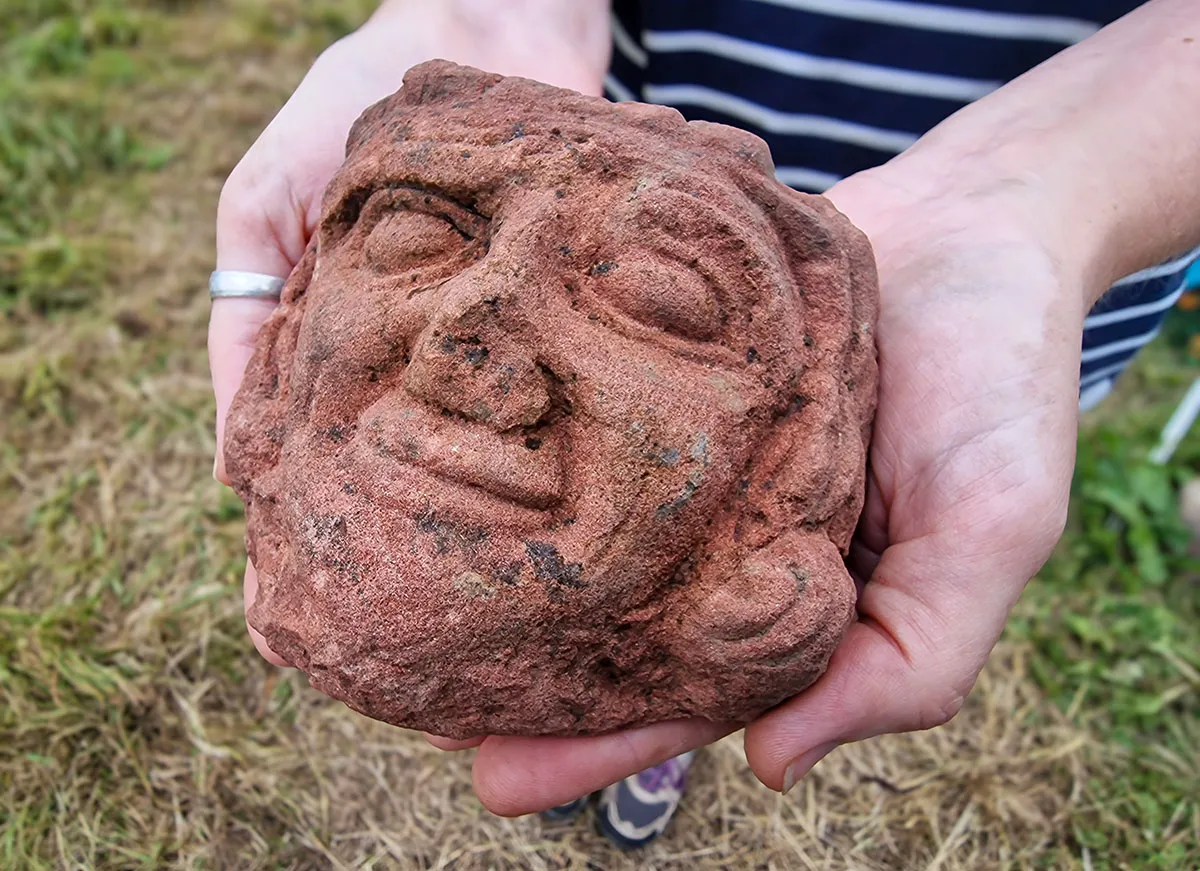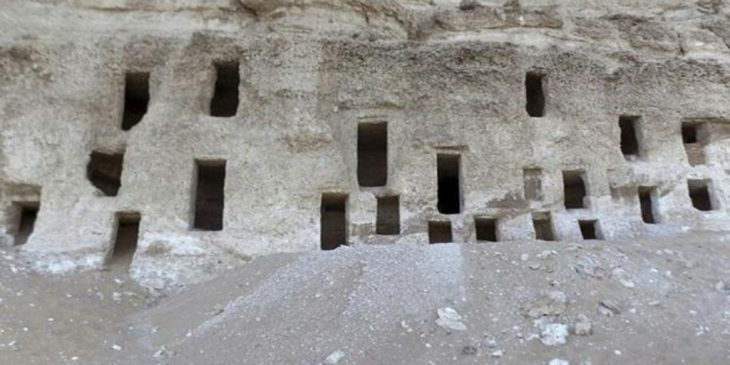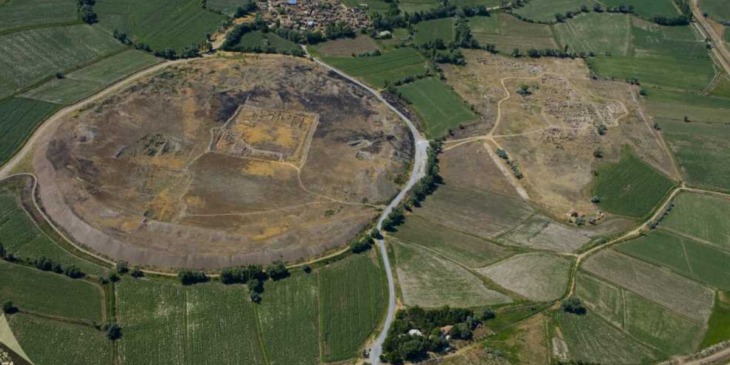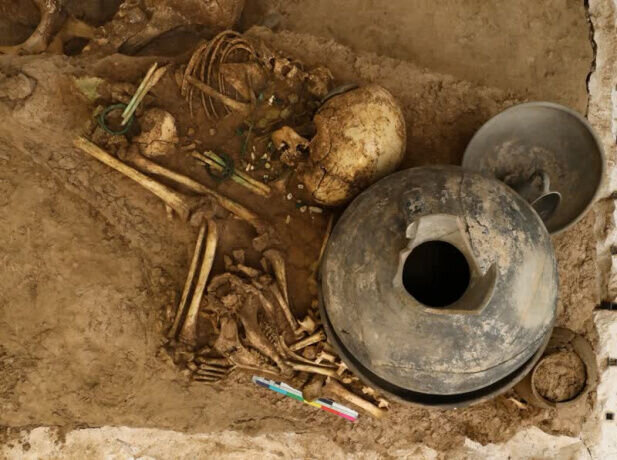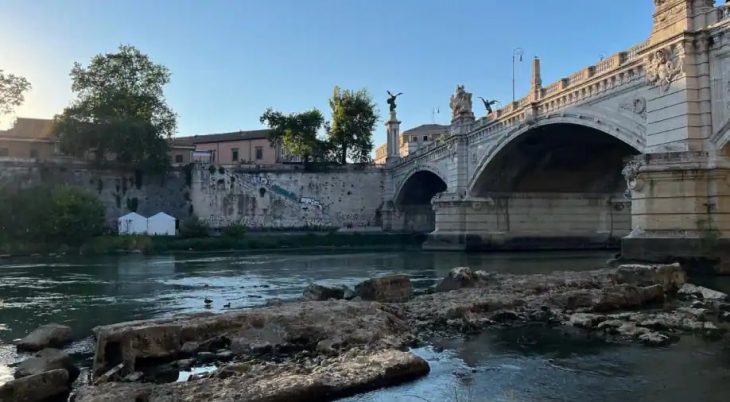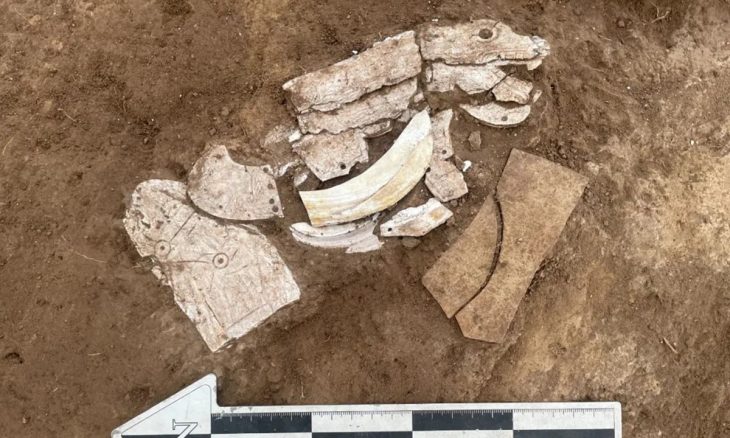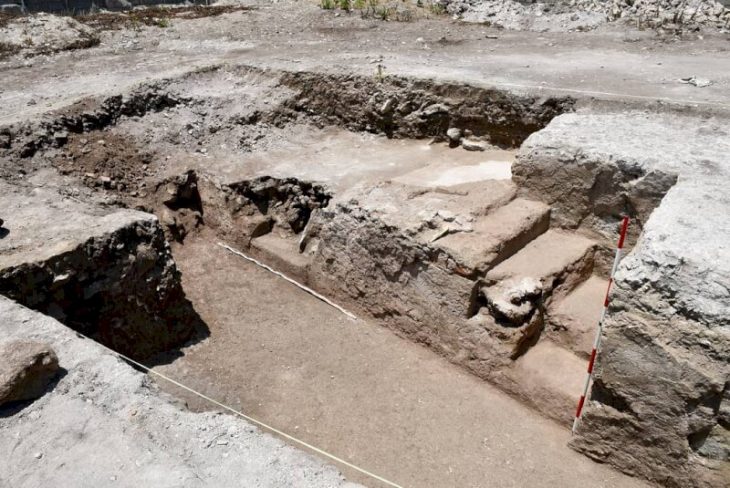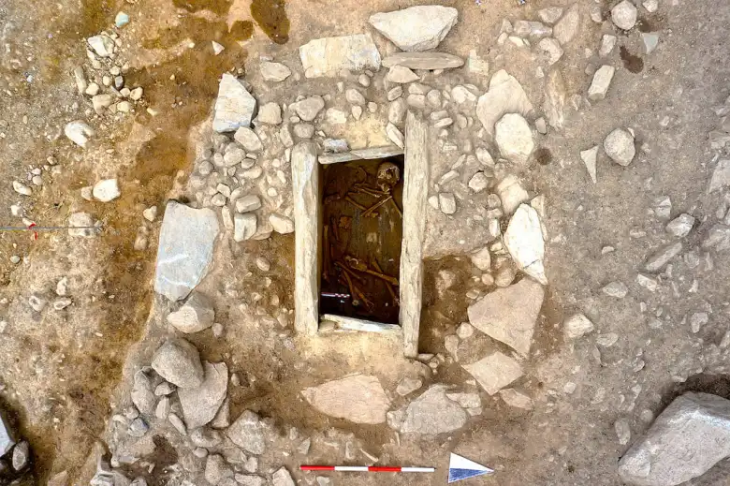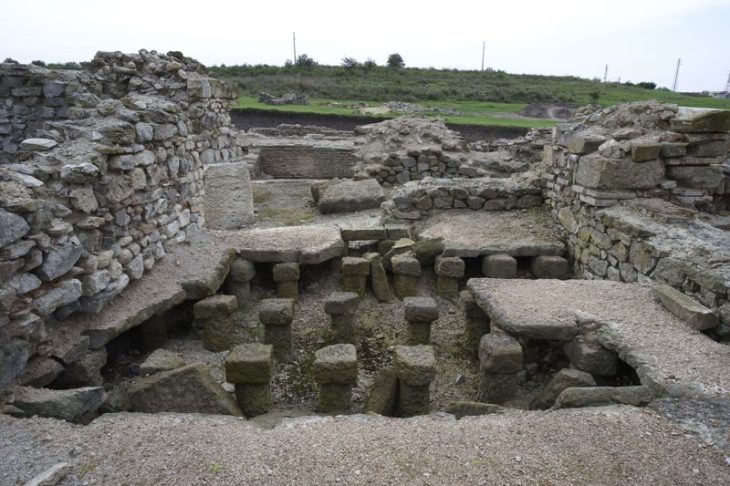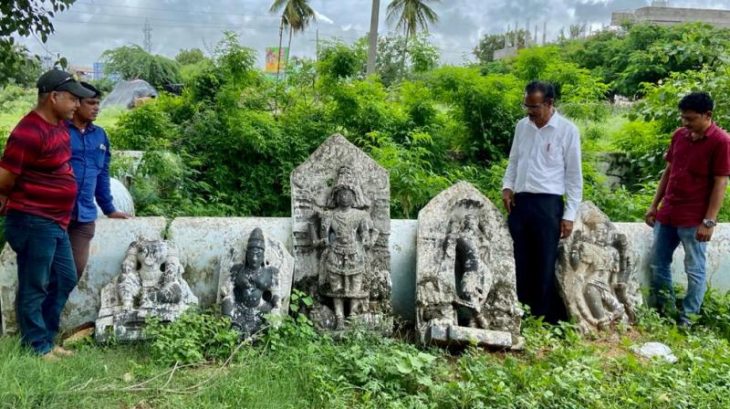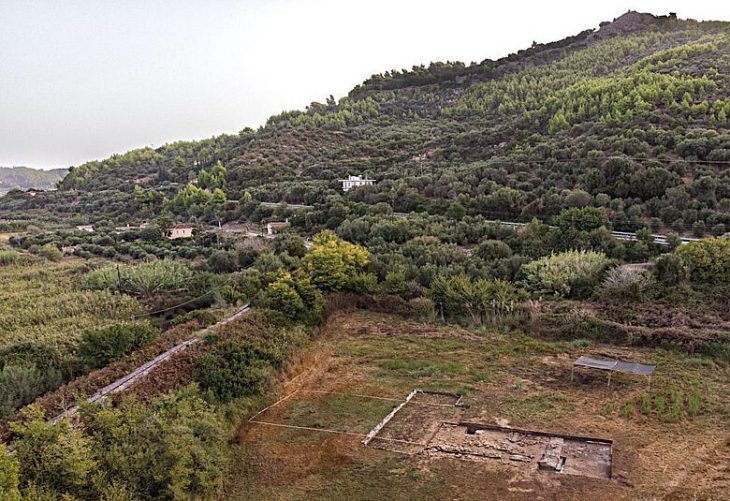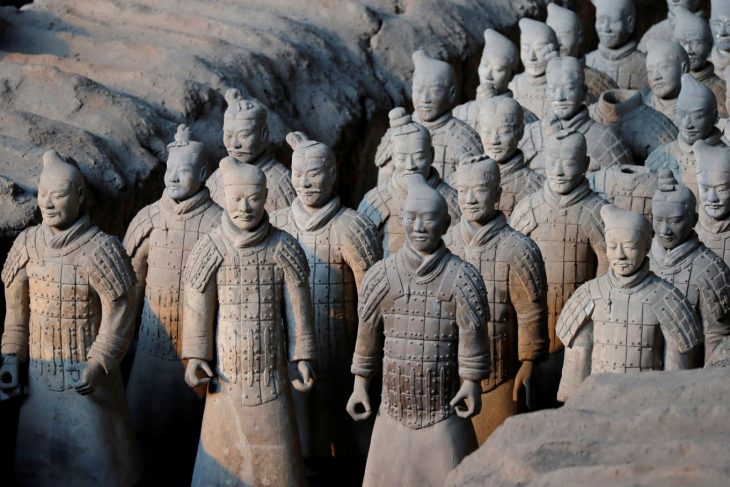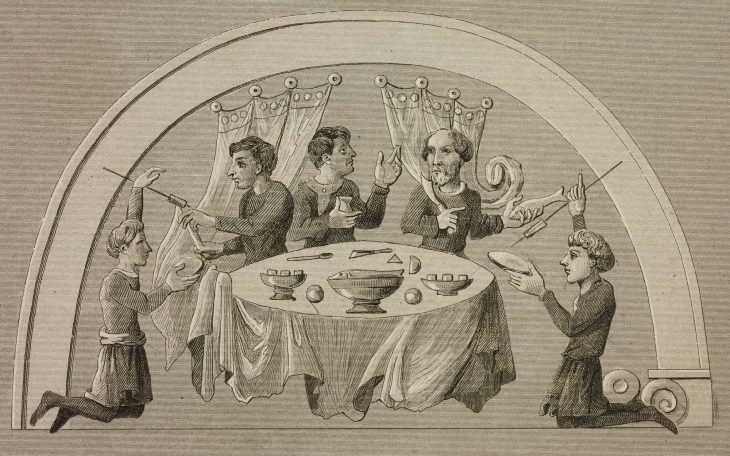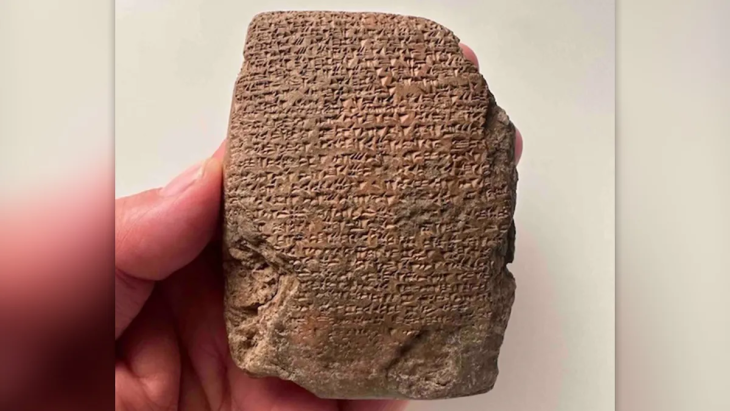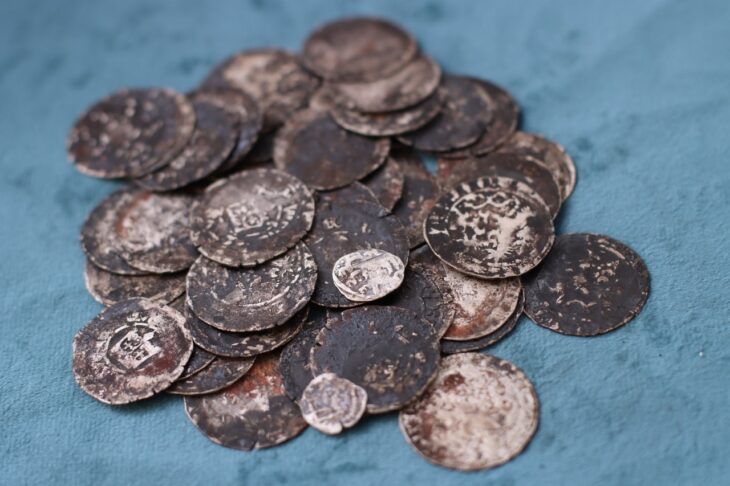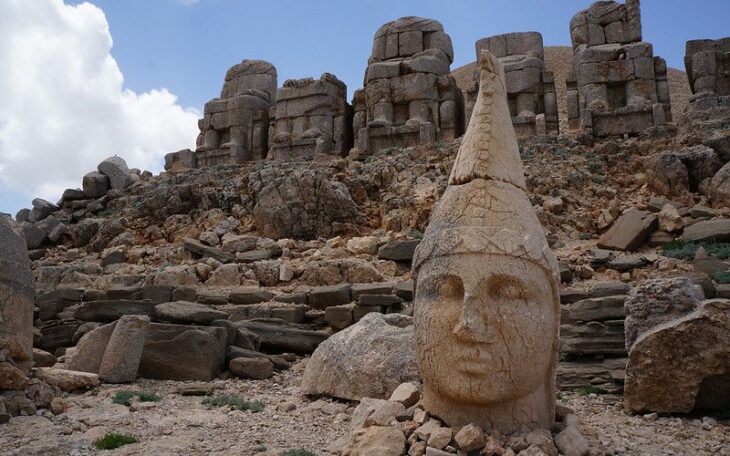A stunning carved stone head has been unearthed during an ongoing archaeological excavation at Skaill Farm on the island of Rousay, Orkney, offering tantalizing clues about the site’s medieval past and possible connections to grand structures like nearby St Magnus Cathedral.
The unexpected discovery occurred during the second week of the University of the Highlands and Islands Archaeology Institute’s summer dig. As students and archaeologists worked to uncover a series of substantial medieval buildings, one undergraduate, Katie Joss, uncovered a small piece of red sandstone that revealed a finely carved human face—complete with detailed locks of hair, closed eyes, and a subtle, serene smile.
A Unique and Enigmatic Find
“This is such an exciting find,” said excavation co-director Dr. Sarah Jane Gibbon. “Over the years excavating at Skaill and The Wirk – the nearby hall tower – we have uncovered many finely worked red sandstone fragments, but nothing quite like this.”
The head, carved from rich, red sandstone with yellow inclusions, was likely quarried from the island of Eday. It matches the material found in moulded fragments at the nearby ruins of St Mary’s old parish church, suggesting regional craftsmanship and stylistic continuity.
Dr. Gibbon noted that the carving appears intentionally designed to be viewed frontally, from a slight angle that reveals the top of the head with beautifully sculpted hair. The closed eyes, asymmetric eyebrows, and gentle smile convey a surprising degree of personality and character—far more refined than many similar carvings from the same era.
📣 Our WhatsApp channel is now LIVE! Stay up-to-date with the latest news and updates, just click here to follow us on WhatsApp and never miss a thing!!
Intriguingly, the nose is broken. “We don’t know if this was accidental or the result of deliberate iconoclasm,” Gibbon said. “The rest of the head is intact, which makes it even more mysterious.”
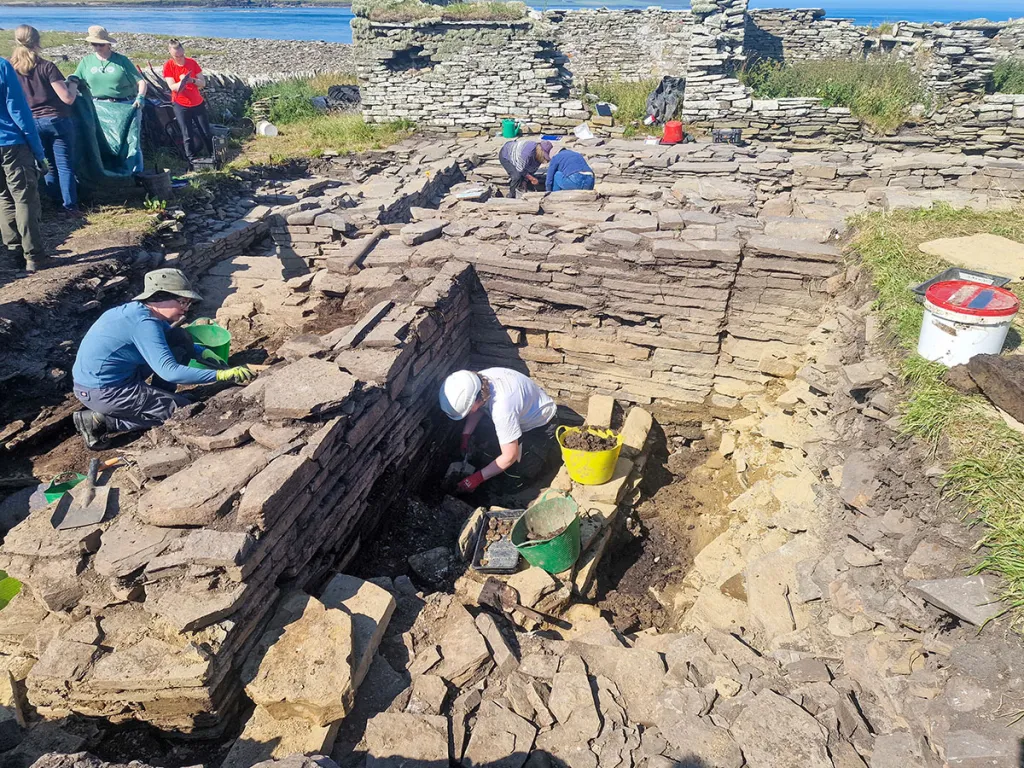
Architectural Context and Potential Cathedral Link
The carved head was discovered in the corner of a later addition to the main complex—a dwelling house built between two large medieval buildings. These structures, including a square and a rectangular building with metre-thick walls, are thought to be part of a late medieval farm complex. One of them, a two-story rectangular structure with an external staircase, may have served as a large storehouse or administrative building.
What’s especially intriguing to researchers is the potential connection between this carved head and earlier ecclesiastical stonework. After extensive comparison, Dr. Gibbon found that the closest match in size and form comes from a carved face embedded in a window frame of the south aisle of St Magnus Cathedral in Kirkwall.
That cathedral carving features a curl of hair on the left side, while the Skaill head’s curl is on the right—almost like a mirror image. “Could the Skaill carving have once been similarly placed?” she asked. “Its expression and craftsmanship suggest it was meant for a place of prominence.”
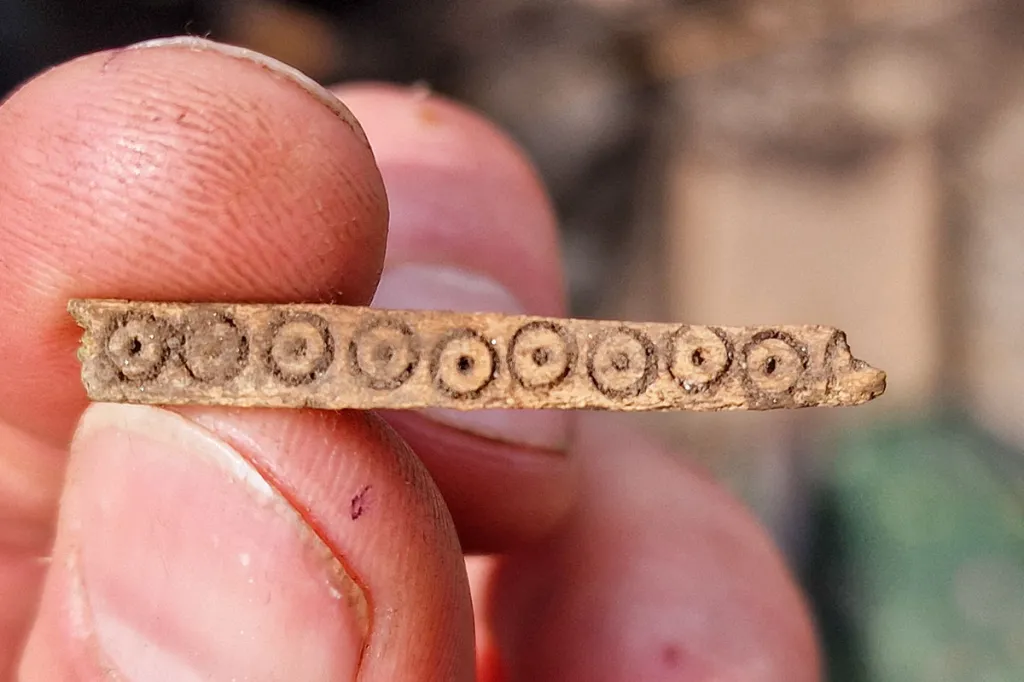
Broader Significance and Future Research
The Skaill excavation has yielded numerous red sandstone fragments, many of which are now thought to have originated from a significant building, now lost, that once stood in the area. Combined with the reused architectural elements in the nearby church and other carved pieces found over the years, this points to a more elaborate and possibly ecclesiastical past than previously assumed.
Dr. Gibbon plans to continue her research, with a focus on comparative analysis with other medieval carvings in Orkney, particularly those in St Magnus Cathedral. The goal is to better understand the artistic influences, architectural connections, and possible dates for the Skaill head.
Meanwhile, public engagement at the dig has been strong. The site’s open day featured historical demonstrations, live archaeology labs, and youth-led site tours. Artist Anna Gardiner also contributed a medieval-inspired shelter built from willow, nettle, and mud, connecting artistic interpretation with historical discovery.
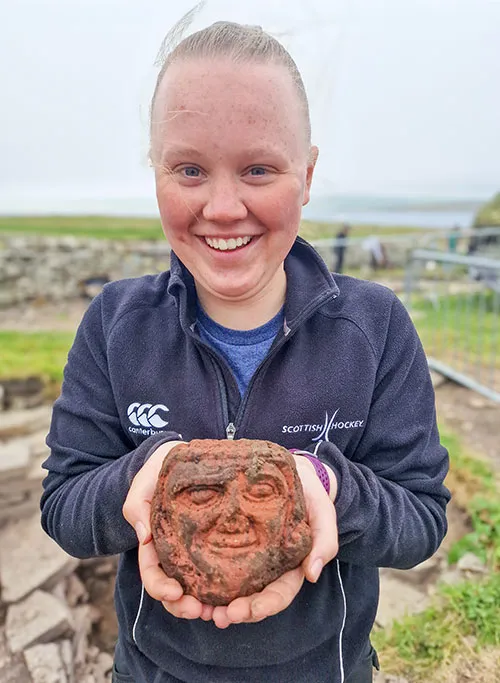
As the excavation continues, the carved stone head stands out as one of the most compelling finds to date—an enigmatic symbol of Orkney’s layered and evolving past.
University of the Highlands and Islands Archaeology Institute – Archaeology Orkney
Cover Image Credit: University of the Highlands and Islands Archaeology Institute – Archaeology Orkney

